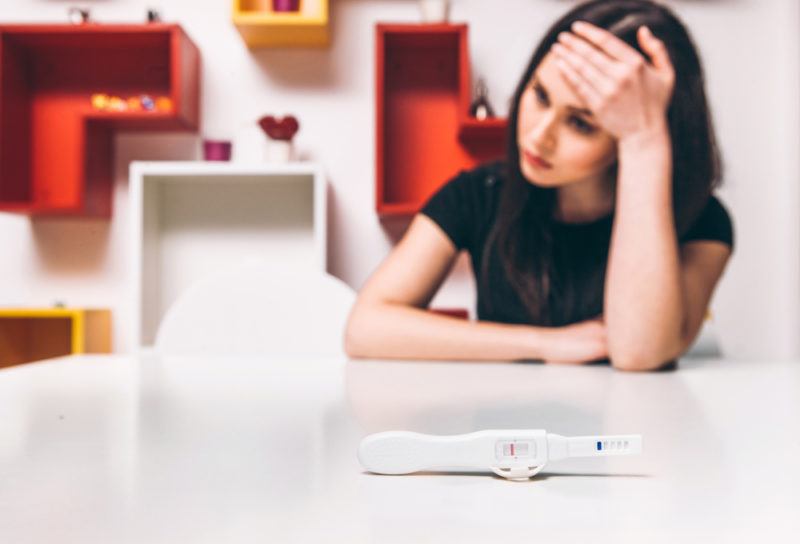You have seen all the doctors. You’ve undergone all the tests. You’ve asked all the questions and done all the research. But, there’s still no answer. And you’re still not pregnant.
Approximately one in five couples will be diagnosed with unexplained infertility even after going through a complete fertility work-up.
First is knowing that some diseases and medical conditions defy explanation. They just happen. The term “unexplained infertility” really reflects the present limitations of medical science. The fact is that current technology does not have the tools for revealing the cause of your infertility.
The current rate of unexplained infertility is higher than you might think for couples with a female partner under age 35. In reality, there are probably hundreds of “causes” of infertility. The processes necessary to produce a pregnancy are extremely complex and many a patient has commented ‘it’s amazing that anyone gets pregnant, really.’
The standard tests for infertility barely scratch the surface and are really only looking for obvious factors, such as blocked tubes, abnormal sperm counts, ovulation problems, etc. These tests do not address the molecular issues at all. That is still for the future.
Unexplained infertility and female age
We usually say that age is an infertility FACTOR, meaning you can have unexplained AND age-related infertility. The likelihood of a diagnosis of unexplained infertility is increased substantially in women 35 and over – and greatly increased in women over 38. The reason for this is that there are more likely to be egg quantity and quality problems as women age. Since we do not have a “standard category” called egg factor infertility, these couples sometimes get lumped in to the “unexplained” infertility category.
Mild endometriosis — Some experts would also consider infertility associated with mild endometriosis to be in the “unexplained” category. Many women with endometriosis do not have the classic symptoms of painful periods or pain with intercourse, and thus remain undiagnosed. Endometriosis can cause infertility through a variety of mechanisms.
Treatment options for unexplained infertility
In the event that the female partner is truly getting a regular period, the male partner has a normal sperm count, and the fallopian tubes are open, that’s often a sign that treatment needs to begin. When we see couples with unexplained infertility, we talk to them about super ovulation with intrauterine insemination(IUI). The goal of treatment is to produce 2-3 eggs per month utilizing fertility medications, and improve the timing of sperm and egg meeting, by adding the IUI. The IUI also helps ‘bypass’ the cervix. Many millions of sperm are often lost in the cervix, and never make it to the fallopian tube, where the egg is waiting. Pregnancy rates are approximately 18-20% per month when utilizing fertility medications and the IUI. This may seem low, but keep in mind age related pregnancy rates vary between 10-20% per month based on the female partner’s age.
A second option we often utilize is a minor surgical procedure, or a laparoscopy and hysteroscopy. The benefit of this treatment route is to find and treat endometriosis which may be contributing to infertility.
A third treatment for unexplained infertility is in vitro fertilization (IVF). IVF has the highest success rates but is more expensive and more invasive. The benefits of IVF are that we can control more of the complex reproductive processes mentioned above: number of eggs developed, fertilization, timing of implantation. We can also reduce the risk of multiple gestations (ie twins, triplets, quadruplets etc) with IVF by carefully selecting the number of embryos to transfer.
IVF also can give us clues as to the cause of the infertility. For example, we may see low fertilization rates per egg, or we may see slow embryo development, excessive fragmentation of the embryos, abnormal eggs, abnormal egg shells (zona pellucida).
The decision to move to IVF is a very personal one. There are definitely risks associated with it, and there are more significant costs involved than other forms of treatment. We do offer a shared risk financial program, and a progressive discount for each IVF cycle. There are also fertility loans available through some lenders that partner with directly with our clients.
To take some of the mystery out of what you can expect when you visit us at Alabama Fertility, get an idea of the different types of fertility testing we do and meet the team you will be working with.
